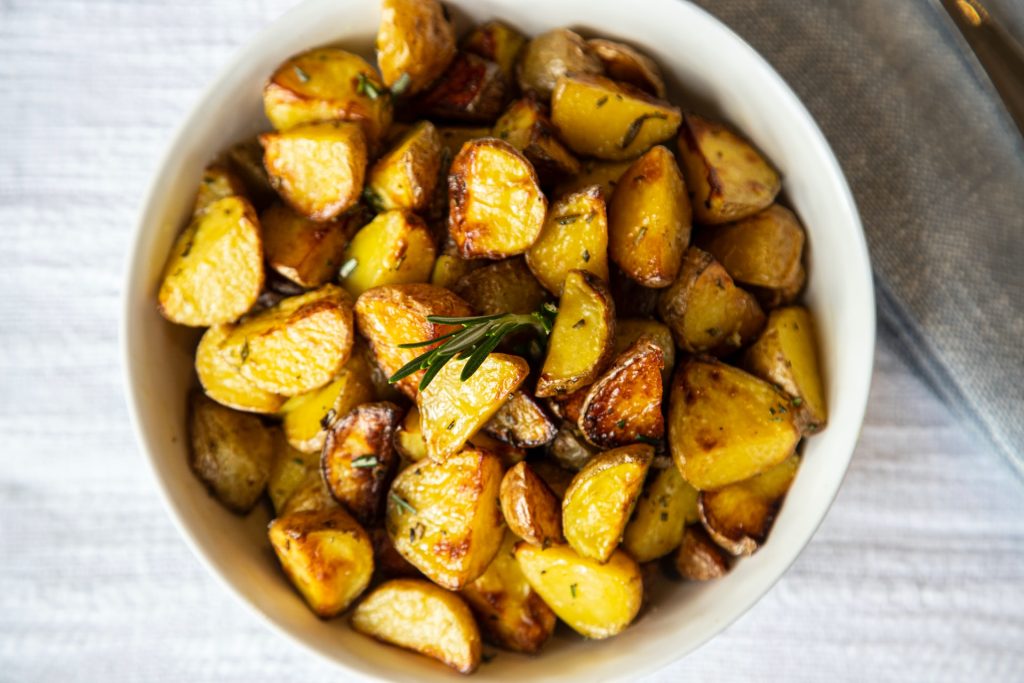Potatoes not Linked to Type 2 Diabetes – Rather, it’s Their Preparation

Potatoes have long been perceived as having negative health impacts, such as possibly increasing the likelihood of developing Type 2 diabetes. New research published in Diabetes Care has shown while spuds may not have all the same benefits as some other vegetables – such as lowering risk of Type 2 diabetes – health issues associated with potatoes may actually be due to their preparation.
In the long-term Danish Diet, Cancer and Health study, more than 54 000 people reported their dietary intake.
A recent analysis of this study led by Dr Nicola Bondonno from ECU’s Nutrition and Health Innovation Research Institute, found people who consumed the most vegetables had a 21% lower risk of developing Type 2 diabetes than those who consumed the least amount of vegetables.
PhD candidate Pratik Pokharel carried out work on the analysis and said while potatoes didn’t have the same impact on Type 2 diabetes, they also didn’t have any negative effect.
“In previous studies, potatoes have been positively linked to incidence of diabetes, regardless of how they’re prepared – but we found that’s not true,” Mr Pokharel said.
“When we separated boiled potatoes from mashed potatoes, fries or crisps, boiled potatoes were no longer associated with a higher risk of diabetes: they had a null effect.”
Mr Pokharel said underlying dietary patterns were the key.
“In our study, people who ate the most potatoes also consumed more butter, red meat and soft drink – foods known to increase your risk of Type 2 diabetes,” he said.
“When you account for that, boiled potatoes are no longer associated with diabetes. It’s only fries and mashed potatoes, the latter likely because it is usually made with butter, cream and the like.”
Eat your veggies
Mr Pokharel said findings from the study indicate vegetables could play a key role in reducing Type 2 diabetes, as people who ate a lot of leafy greens and cruciferous vegies such as spinach, lettuce, broccoli and cauliflower had a significantly lower risk of developing the condition.
He said the relationship between vegetables and diabetes should be incorporated into public dietary guidelines – as should the benefits of eating potatoes.
“The finding that vegetables lower diabetes risk is crucial for public health recommendations, and we shouldn’t ignore it,” he said.
“Regarding potatoes, we can’t say they have a benefit in terms of type 2 diabetes, but they also aren’t bad if prepared in a healthy way.
“We should separate potatoes and other vegetables in regard to messaging about disease prevention but replacing refined grains such as white rice and pasta with potatoes can improve your diet quality because of fibre and other nutrients found in potatoes.”
Putting it into practice in the kitchen
Mr Pokharel said people should be advised to increase their vegetable intake – and they could include potatoes, so long as they left out some of the unhealthy extras such as butter, cream and oil.
“Potatoes have fibre and nutrients, which are good for you,” he said.
“People talk about carbs being bad, but it’s more about the type of carbs you’re having; compared to something like white rice, boiled potatoes are a good quality of carbohydrate.”
Source: Edith Cowan University

